Active Living for Seniors and Nordic Walking
Healthcare professionals working with older adults are routinely prescribing walking, as part of rehabilitation and overall health and wellness programs. There are over 100 research studies identifying health benefits of adding specialized poles to any walking routine. Due to the improved balance, posture, reduce impact off painful joints and improved mood and confidence health, this accessible and affordable activity, urban poling, and especially the use of Urban Poling‘s unique ACTIVATOR™ poles, has become a popular choice for persons requiring help with stability and balance, as well as for older or perhaps less active adults. The ACTIVATOR™ poles are the only ones like it available on the market which have been co-designed by an occupational therapist for maximum safety, comfort and effectiveness, as well as reducing the factors related to falls. —Dr. Agnes Coutinho
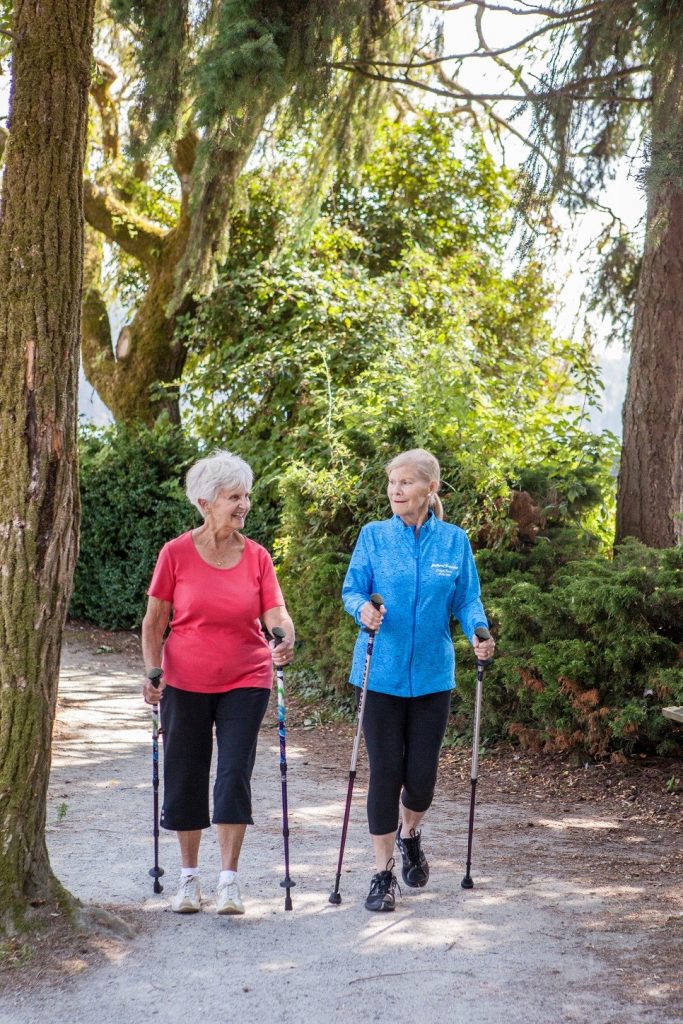 Research Benefits
Research Benefits
Evidence based research relating to older adults clearly identify poling, with the proper training, as a healthy activity suited for improving quality of life. Proven benefits include:
- Increase balance & stability
- Increase in mobility
- Improve posture
- Reduce impact off lower extremity joints
- Improve gait speed
- Improve strength (poling can engage up to 90% of your muscles)
- Increase confidence
Short-term and long-term effects of Nordic Walking training on balance, functional mobility, muscle strength and aerobic endurance among Hungarian community-living older people: a feasibility study. Balance, functional mobility and aerobic endurance significantly improved in the Nordic walking group. This study showed that Nordic Walking is a simple, well–tolerated and effective physical activity for older people in Hungary.1
Effect Of Walking Poles On Dynamic Gait Stability on the Elderly. Texas Women’s University study, which concluded that walking poles provided increased gait stability at both preferred and fast speed.2
Effects of Nordic walking compared to conventional walking and band-based resistance exercise on fitness in older adults. While all modes of exercise improved various components of fitness, Nordic walking provided the best well-rounded benefits by improving upper-body strength, cardiovascular endurance, and flexibility. Therefore, Nordic walking is recommended as an effective and efficient mode of concurrent exercise to improve overall functional fitness in older adults.3
The effects of pole walking on health in adults: A systematic Review. The effects of pole walking (PW) on cardiorespiratory fitness were most extensively studied. The most frequently examined psychosocial measure was quality of life. All studies reported at least one beneficial effect of PW compared with the control group. The results of this systematic review indicate that PW programs have some beneficial effects on both physical and psychosocial health in adults with and without clinical conditions.4
Diana Oliver is a dynamic business professional with a extensive background in marketing, sales and fitness. She has a passion for promoting the many health benefits of Urban Poling, which stems from her personal experience. Diana combined Urban Poling with other positive lifestyle choices to regain a healthy weight and improve her cardiovascular health following two strenuous pregnancies. Her positive recovery has instilled a drive to help change the face of health care in Canada. In 2012, she became a certified urban poling instructor and taught classes in her own Pilates business. In 2014, became a partner in Urban Poling Inc.
References
(2) Kwon, Silver, Ryu, Yoon, Newton & Shim, 2006 (unpublished)
The information in this article is not intended to replace existing rehabilitation programs. The testimonials are those of independent therapists and are not a guarantee of results. The consumer should not rely solely on this publication but should also consult their physician or therapist. Urban Poling Inc. and its employees and representatives do not accept any liability for the information contained in this publication or any damages.

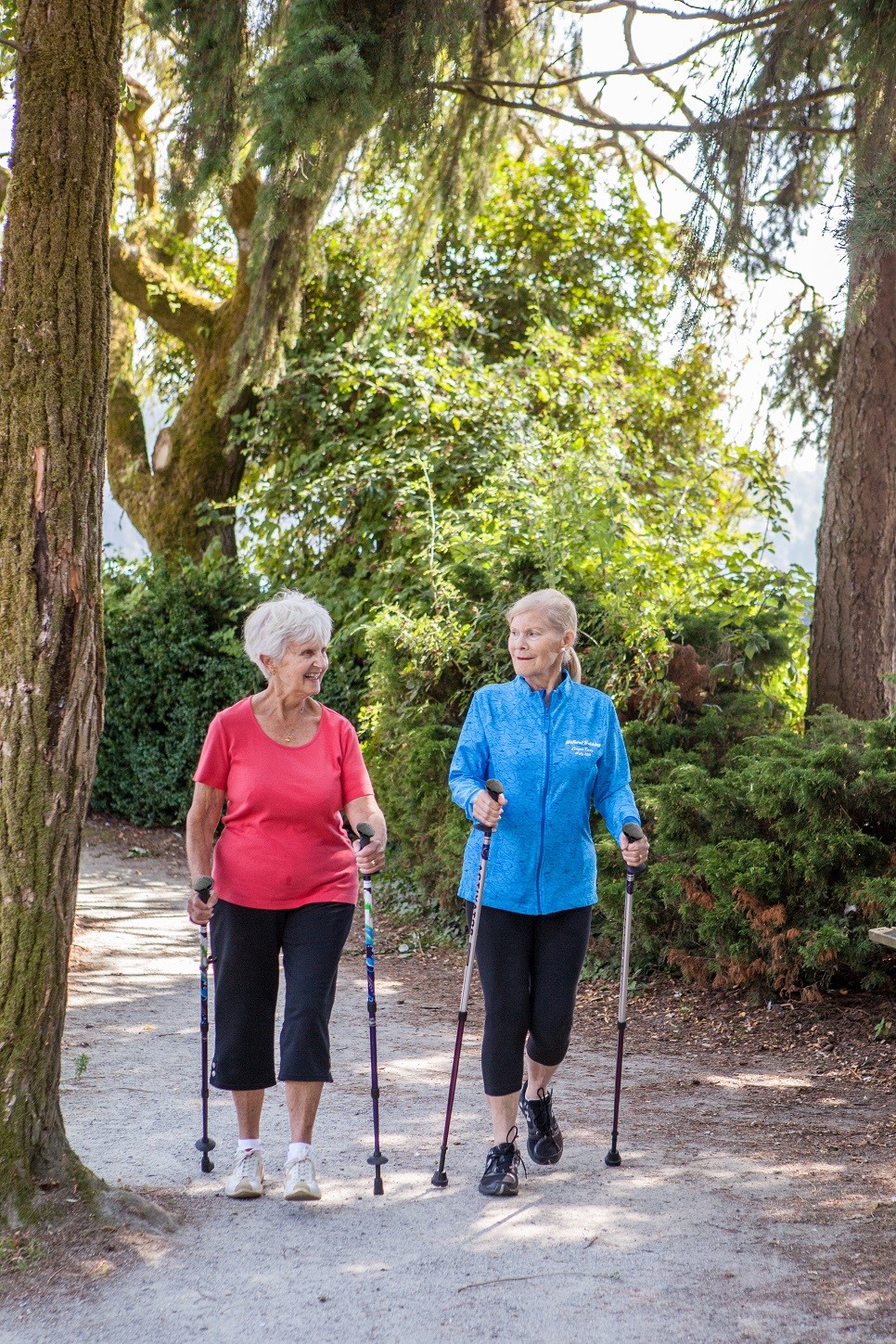

 What will your priorities be going forward? Will you really care if you have the most recent technological advancement or will you set other priorities for yourself? Only YOU can decide how you want to integrate the hours of your day with the technology you have and use daily. As a practical matter it is through our choices that we determine the course of our lives and if we choose to spend them staring at our phones life WILL indeed pass us by. We will be sick, fat, and on drugs as we enter the very years that we wanted to enjoy. Is this you now or will you decide to change that future today by making new choices that give you time “to be” the best version of yourself that you can imagine?
What will your priorities be going forward? Will you really care if you have the most recent technological advancement or will you set other priorities for yourself? Only YOU can decide how you want to integrate the hours of your day with the technology you have and use daily. As a practical matter it is through our choices that we determine the course of our lives and if we choose to spend them staring at our phones life WILL indeed pass us by. We will be sick, fat, and on drugs as we enter the very years that we wanted to enjoy. Is this you now or will you decide to change that future today by making new choices that give you time “to be” the best version of yourself that you can imagine?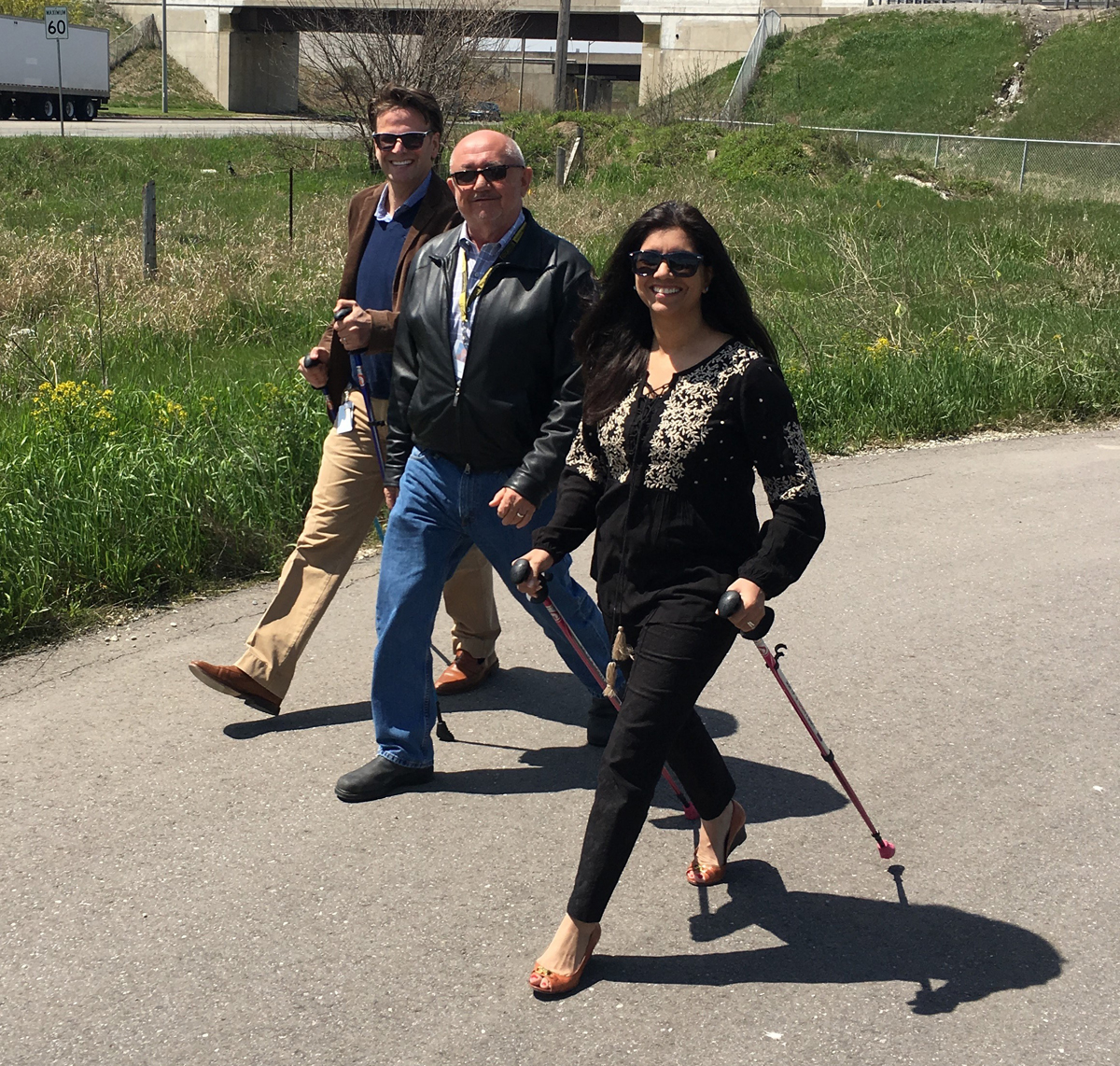
 Join
Join 
 Alcohol has a strong link with sport, be it with sponsorship, beer consumption after a hard workout, or teams enmeshed in a culture of heavy drinking. To address what is known—and not known—about the impact of alcohol on athletic performance, members of Professionals In Nutrition for Exercise and Sport (PINES) organized a session at the American College of Sports Medicine (ACSM) 2018 annual meeting in Minneapolis. Respected researchers answered some questions athletes commonly ask regarding alcohol and sport performance. Here’s what you might want to know.
Alcohol has a strong link with sport, be it with sponsorship, beer consumption after a hard workout, or teams enmeshed in a culture of heavy drinking. To address what is known—and not known—about the impact of alcohol on athletic performance, members of Professionals In Nutrition for Exercise and Sport (PINES) organized a session at the American College of Sports Medicine (ACSM) 2018 annual meeting in Minneapolis. Respected researchers answered some questions athletes commonly ask regarding alcohol and sport performance. Here’s what you might want to know. What does heavy alcohol intake after exercise do to muscle soreness, injury, and inflammation? Matthew Barnes of Massey University in New Zealand noted when athletes perform exercise to which they are accustomed, alcohol’s negative effects are less pronounced compared to doing a new form of exercise. That is, after getting battered up in a game, a 200-lb rugby player who is experienced with both sport and drinking could have perhaps 20 standard drinks and still effectively perform a vertical jump! As for inflammation, players who are conditioned to both their sport and to drinking alcohol do not have a significant inflammatory response. But if you are a weekend warrior, watch out…
What does heavy alcohol intake after exercise do to muscle soreness, injury, and inflammation? Matthew Barnes of Massey University in New Zealand noted when athletes perform exercise to which they are accustomed, alcohol’s negative effects are less pronounced compared to doing a new form of exercise. That is, after getting battered up in a game, a 200-lb rugby player who is experienced with both sport and drinking could have perhaps 20 standard drinks and still effectively perform a vertical jump! As for inflammation, players who are conditioned to both their sport and to drinking alcohol do not have a significant inflammatory response. But if you are a weekend warrior, watch out…

 No one really knows why we age other than to acknowledge that as our cells die and don’t get replaced, organs – and ultimately our bodies – do indeed die. The role that disease plays in this process is obvious – especially if there is no successful treatment available that can address the underlying causes of the problem. I believe in the “art of prevention” as a strategy for helping not only extend our lives – but also improving the quality of the time we have to live.
No one really knows why we age other than to acknowledge that as our cells die and don’t get replaced, organs – and ultimately our bodies – do indeed die. The role that disease plays in this process is obvious – especially if there is no successful treatment available that can address the underlying causes of the problem. I believe in the “art of prevention” as a strategy for helping not only extend our lives – but also improving the quality of the time we have to live.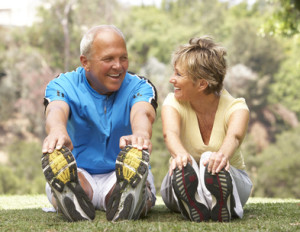 I have run over 65,000 miles in the more than half a century I have been a runner. I believe my commitment to being fit has saved my life many times over during my lifetime – even in the darkest of times when I felt lost and without hope. My question to you is: What is your passion when it comes to being physically active and will you honor that passion the way I did with my running program? If you don’t have one – then find one! Being physically fit does NOT guarantee a healthy body but a healthy body does require a FIT body. I am hopeful my “luck” continues into the years ahead. I will do everything in my power to insure that it does!
I have run over 65,000 miles in the more than half a century I have been a runner. I believe my commitment to being fit has saved my life many times over during my lifetime – even in the darkest of times when I felt lost and without hope. My question to you is: What is your passion when it comes to being physically active and will you honor that passion the way I did with my running program? If you don’t have one – then find one! Being physically fit does NOT guarantee a healthy body but a healthy body does require a FIT body. I am hopeful my “luck” continues into the years ahead. I will do everything in my power to insure that it does! The role of the spiritual journey is to bring an expanded consciousness – or awareness – into our life experiences and allow us to contact joy, peace, harmony and love in a way that enriches and sustains us while allowing us the opportunity to “let go” of the baggage of our pasts. Regret, guilt, unexpressed anger, hatred and other forms of negative inner turmoil CAN and DO lead us to an early death. The body responds to all forms of emotion and if these emotions – and thoughts – are not directed by US to a “higher consciousness” they will bring sickness and chronic illness in all their terrible manifestations into our lives.
The role of the spiritual journey is to bring an expanded consciousness – or awareness – into our life experiences and allow us to contact joy, peace, harmony and love in a way that enriches and sustains us while allowing us the opportunity to “let go” of the baggage of our pasts. Regret, guilt, unexpressed anger, hatred and other forms of negative inner turmoil CAN and DO lead us to an early death. The body responds to all forms of emotion and if these emotions – and thoughts – are not directed by US to a “higher consciousness” they will bring sickness and chronic illness in all their terrible manifestations into our lives.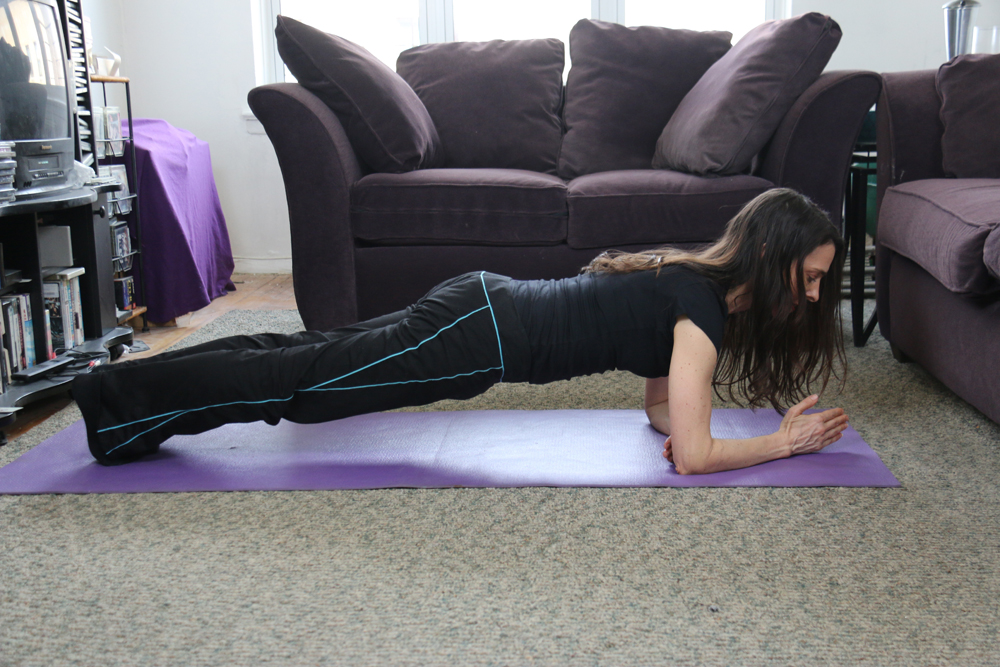
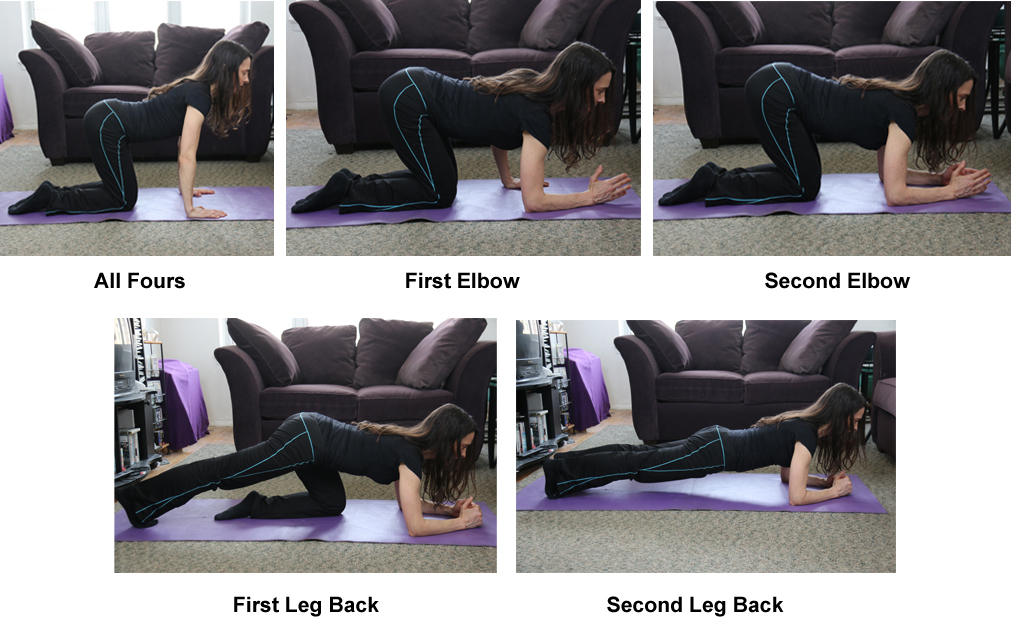
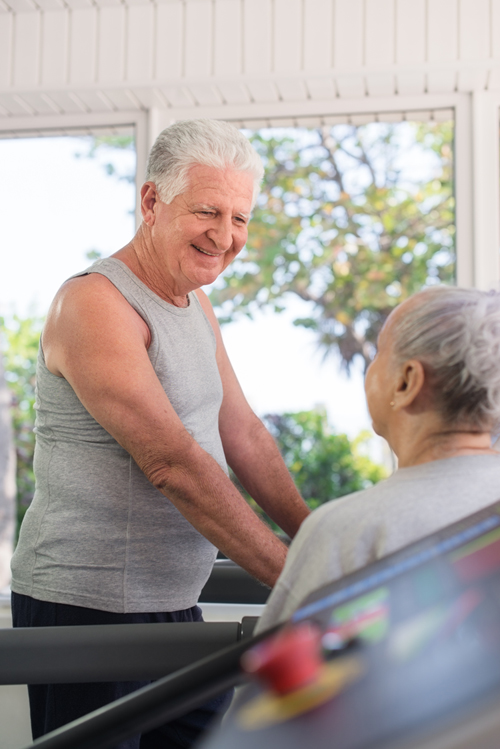
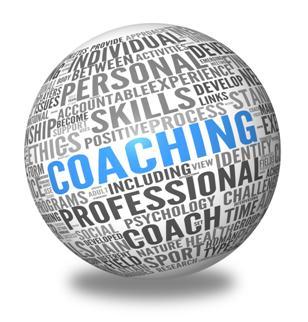
 You Need a Coach.
You Need a Coach.